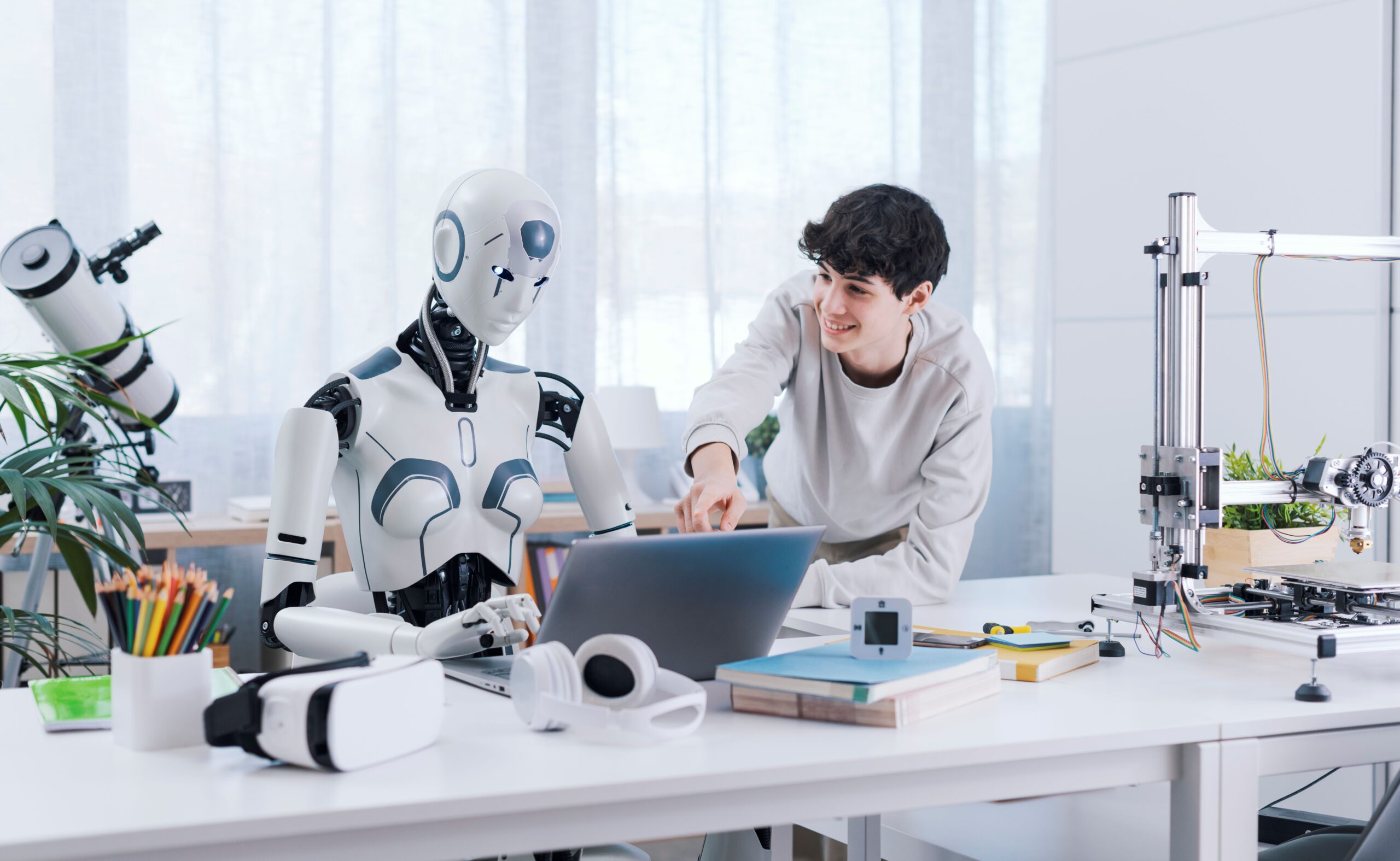
Software development has always been a fast-moving field, but in the last few years, one shift feels tectonic: AI is no longer a background process – it’s now a collaborator. With tools like GitHub Copilot, ChatGPT, and Tabnine integrated into IDEs, developers aren’t just coding—they’re co-developing with intelligent systems.
What used to be hours of searching Stack Overflow or writing boilerplate code from scratch can now be done in seconds with a well-phrased prompt. But what does this mean for developers, teams, and the quality of software itself?
Read also:
Soft2Bet: history and platform evolution.
From Prompts to Production: AI Code Generation
AI-assisted coding tools have drastically reduced the time needed to write repetitive or standard code. Whether it’s a simple CRUD operation or scaffolding for a new feature, AI models trained on billions of lines of code now offer:
- Context-aware suggestions: Tools like Copilot learn from your file and project structure to suggest relevant code.
- Rapid prototyping: AI can generate a rough version of a component or API, allowing teams to validate ideas faster.
- Reduced cognitive load: Developers can focus on architecture and logic while AI handles the syntax.
Testing Smarter, Not Harder
AI is also being used to improve testing workflows:
- Unit test generation: Tools like CodeWhisperer and CodiumAI can generate tests based on function definitions.
- Bug detection: Large Language Models can now flag potential logic errors before code even compiles.
- Security scans: AI-driven tools parse through code to identify vulnerabilities, speeding up DevSecOps processes.
With these improvements, developers can shift left in the software lifecycle, identifying and solving issues earlier.
Prototype at the Speed of Thought
Startups and solo developers are especially benefiting from AI-driven prototyping. For small teams or MVP builds, tools like ChatGPT can generate:
- Database schemas
- Wireframe code
- Simple UI components
- Documentation and API calls
This compresses weeks of work into days, allowing faster testing of product-market fit.
Developers Speak: Fear or Fuel?
Among developers, the response to AI tools is split, but increasingly curious.
Some express concern over reliance and code quality. Others embrace the freedom AI brings to focus on higher-level thinking.
In a GitHub Copilot blog survey:
- 74% said it allowed them to focus on more satisfying work
- 60% felt more productive
- 88% wanted to continue using it
There’s consensus on one thing: AI is here to stay, and the best developers will learn to use it wisely, not fear it.
🔮 What’s Next?
As AI models continue improving, we may see:
- End-to-end AI-led feature delivery (under human supervision)
- Smarter pair programming tools with real-time learning
- Integrated design-to-code workflows from Figma to VS Code
- Conversational debugging where you explain the bug, and AI proposes a fix
The role of the developer is evolving—from code author to code architect, guide, and reviewer.
Final Thoughts: A New Kind of Partnership
AI won’t replace developers—it’ll reshape them. Writing code might not be the bottleneck anymore. The real skill will be knowing what to build, how to guide the tools, and where to apply human judgment.
The rise of AI co-developers signals more than just automation. It’s the beginning of a new workflow, where creativity and machine intelligence meet at the keyboard.
